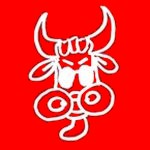

Aquesta pàgina és sobretot fotos, gràfics i taules sobre el cavall. Algunes fotos semblen estar prop de la mateixa, però tots expliquen algunes coses de manera diferent. Espero que millora la seva comprensió de la física del cavall. Feu clic al botó de 100% a la part inferior dreta d'aquesta pantalla per fer més gran les imatges.
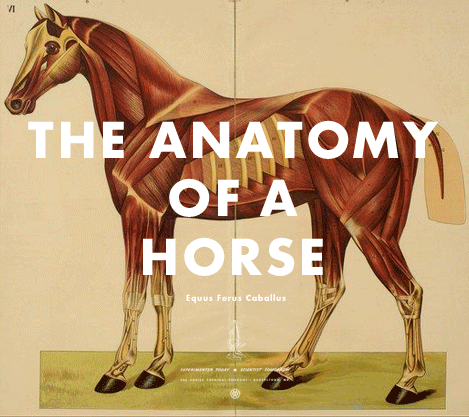

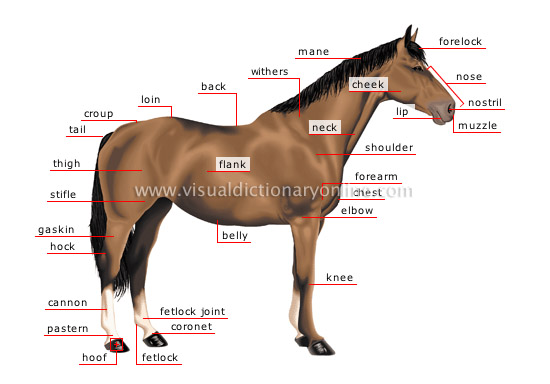
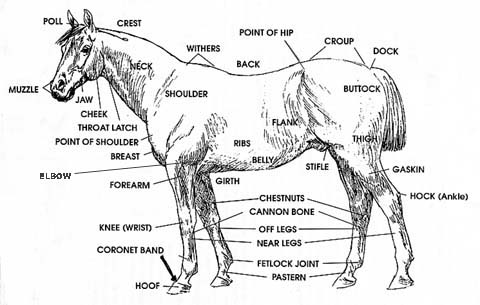
 

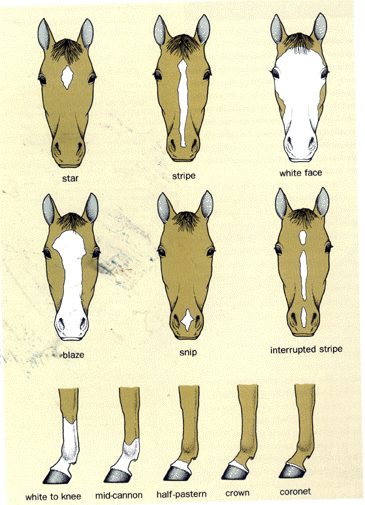

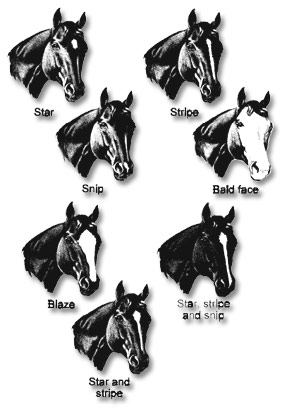
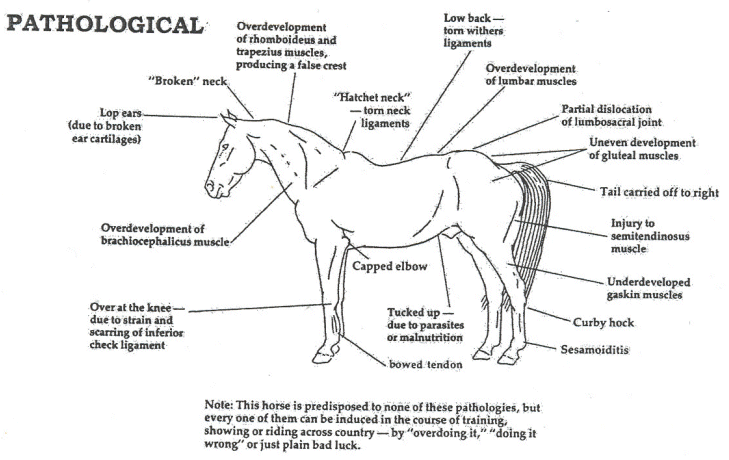
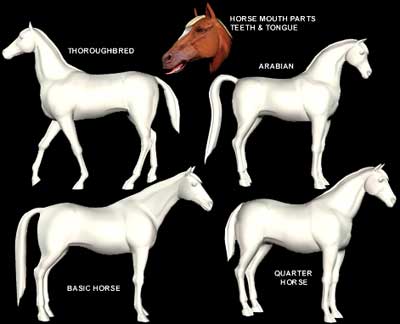
 
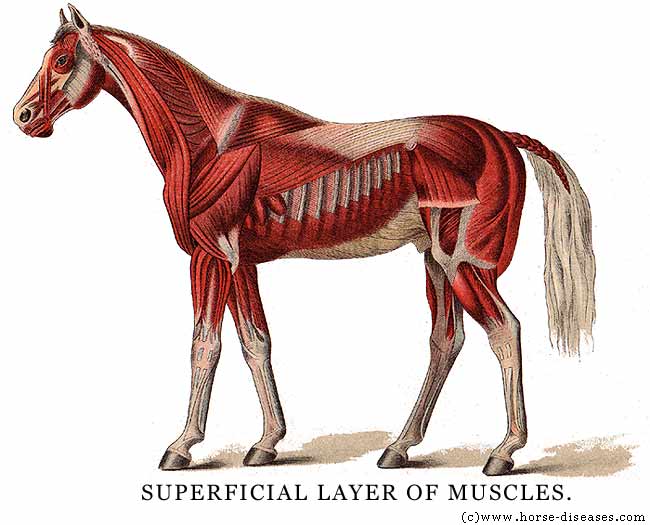
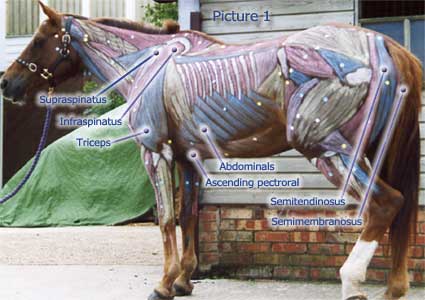
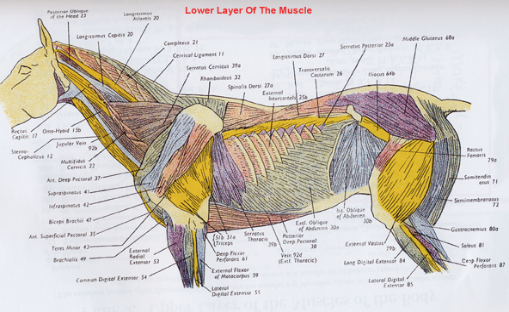
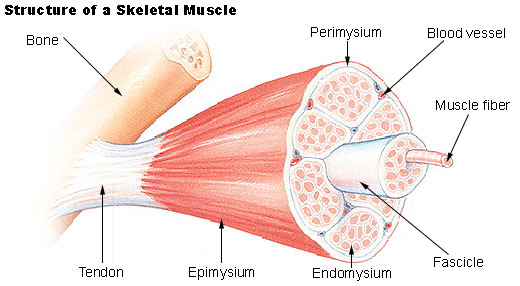

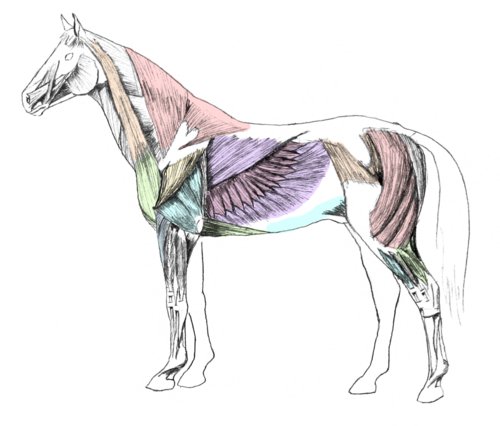
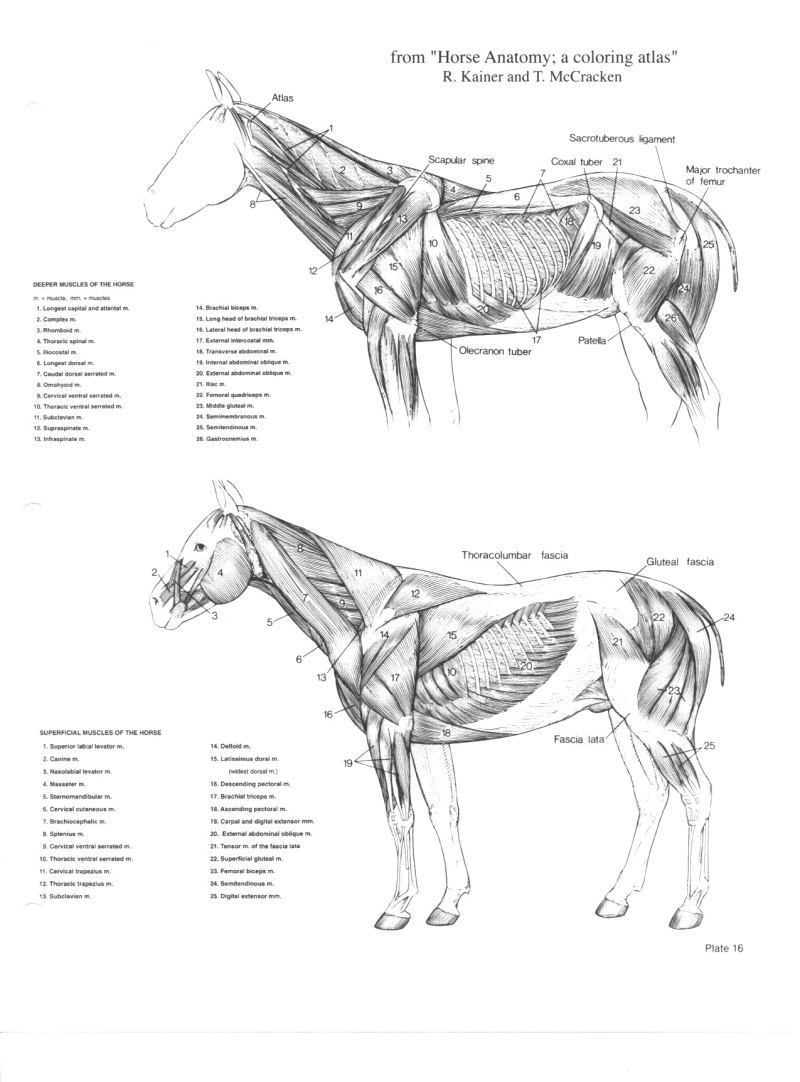
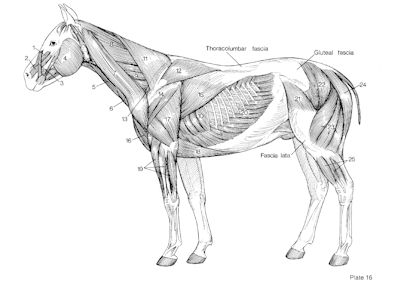
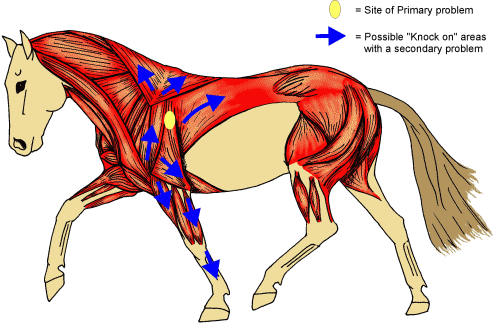
 
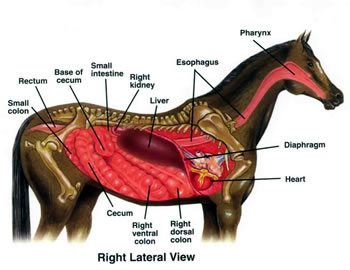
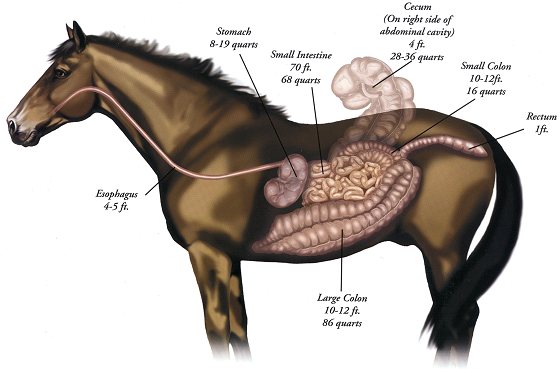

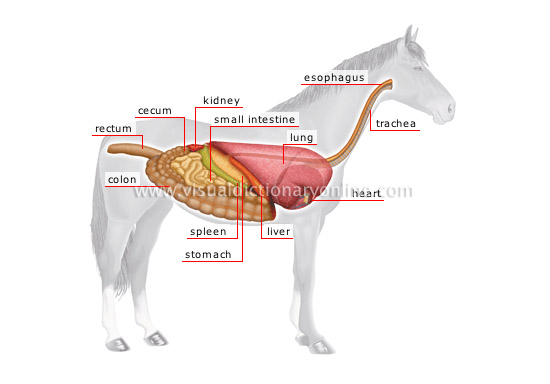
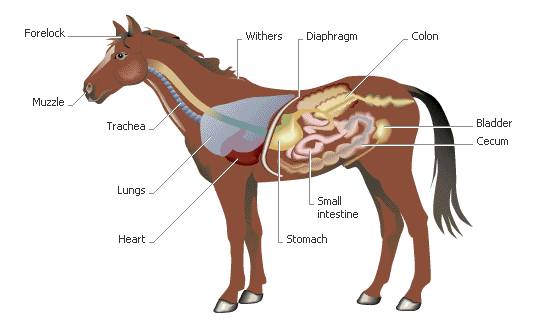

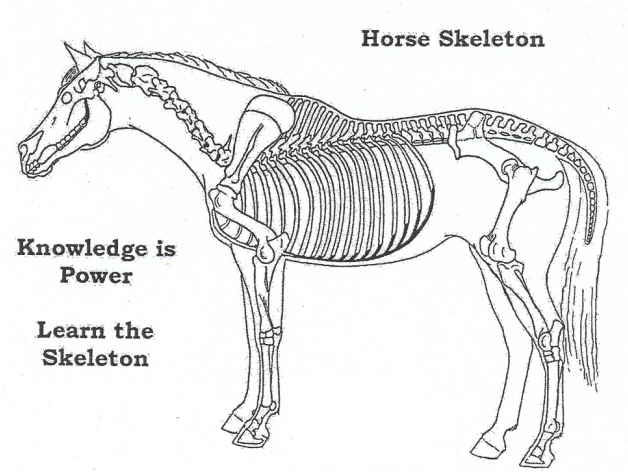
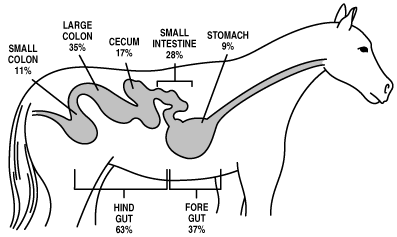
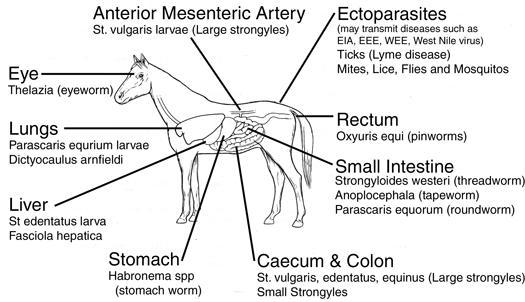
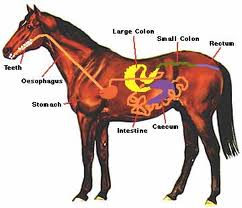
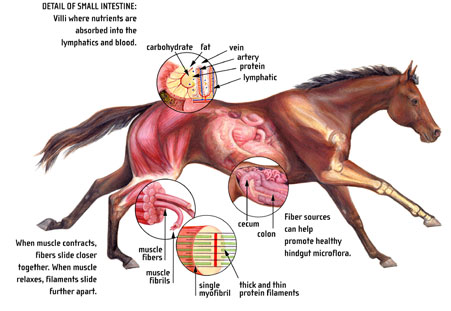
 
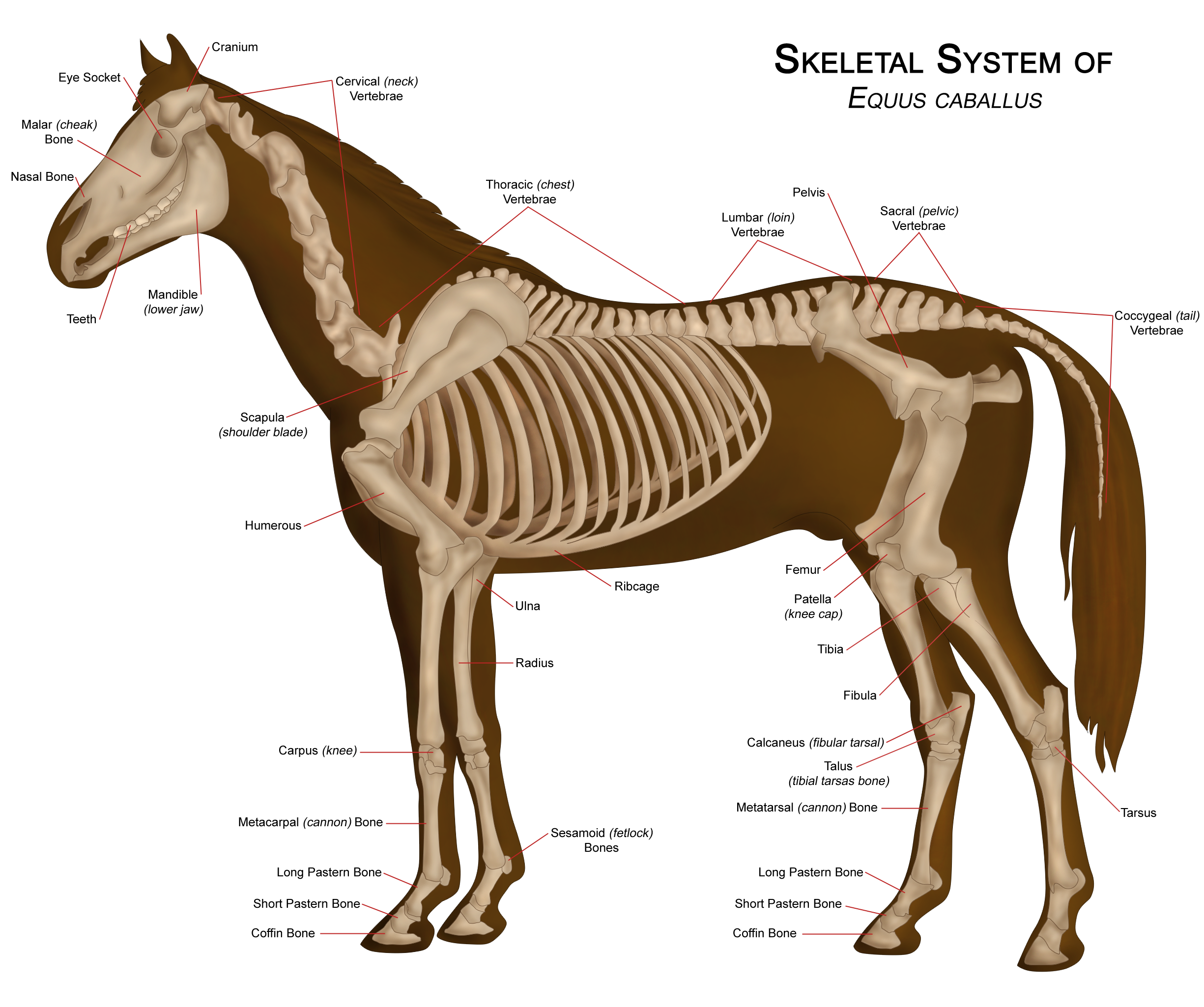
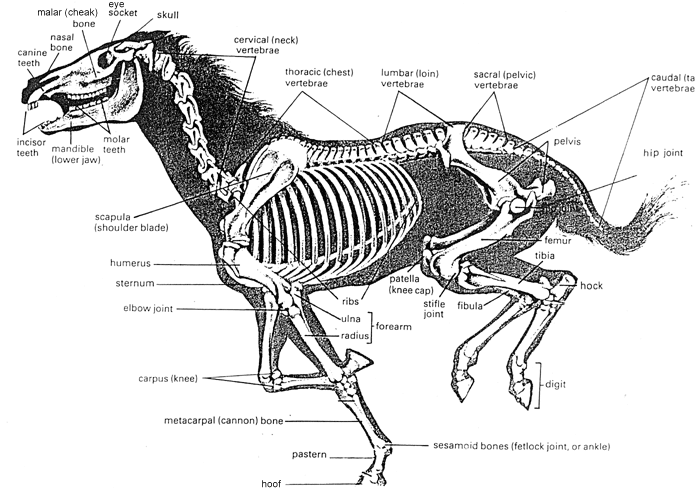
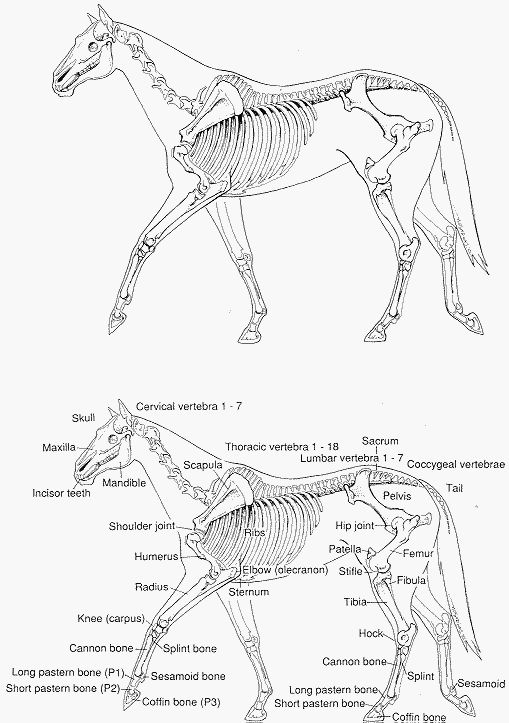

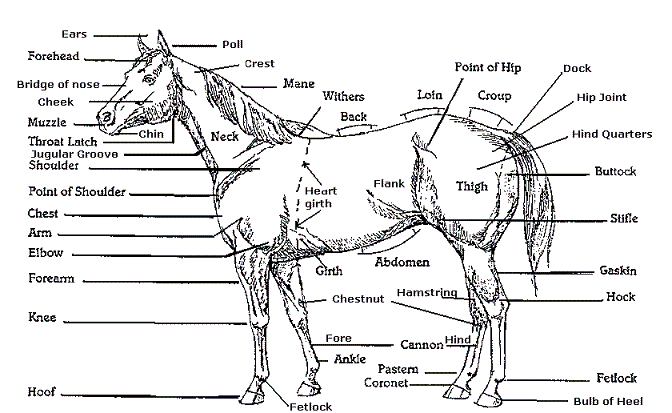
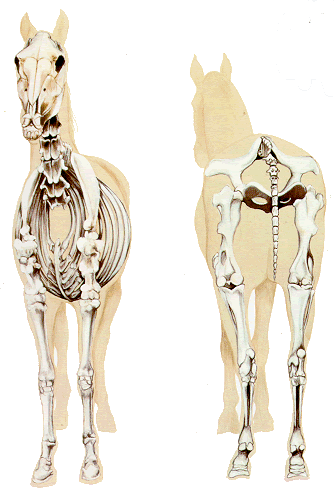
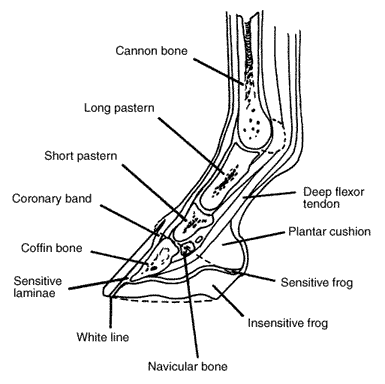
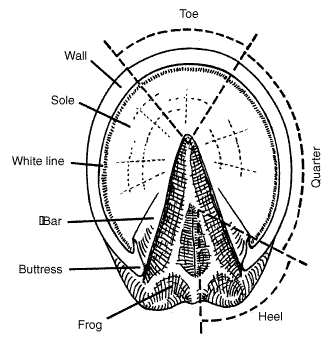
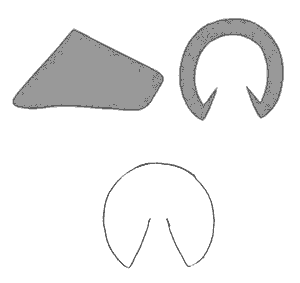
The above picture shows what a hoof does naturally. This does not happen with a metal horse shoe!:(
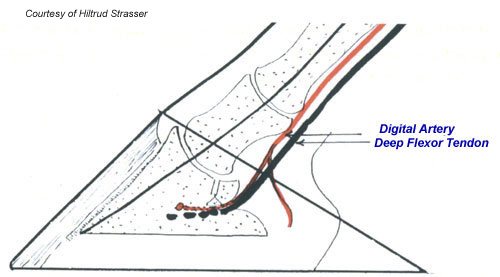
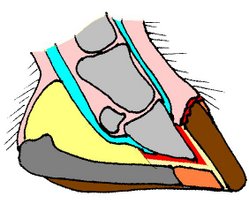
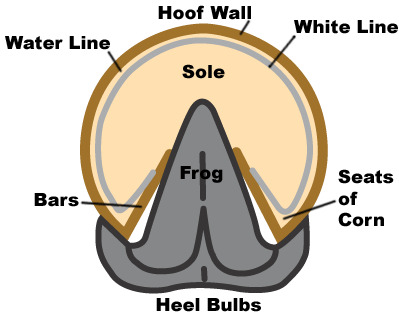
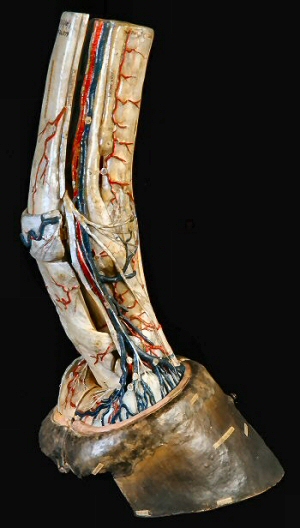
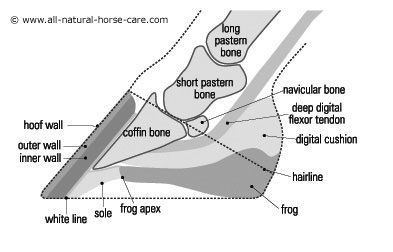
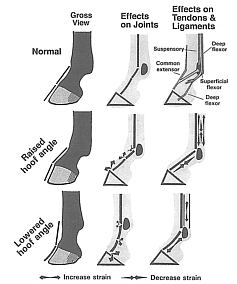

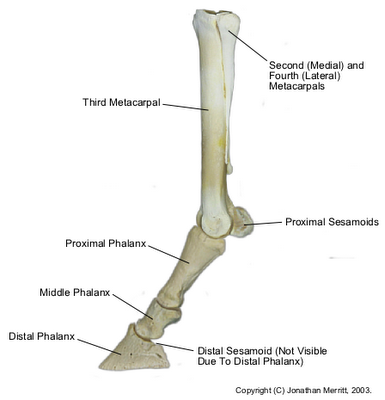
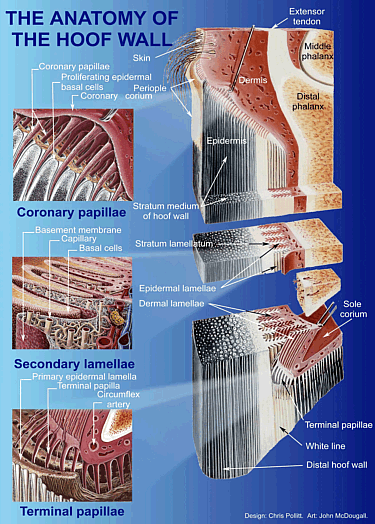
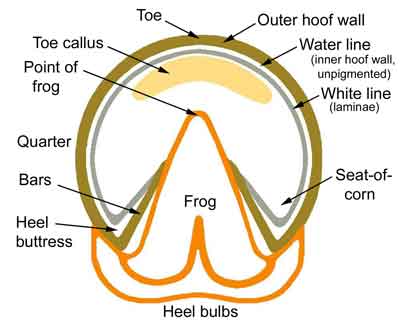
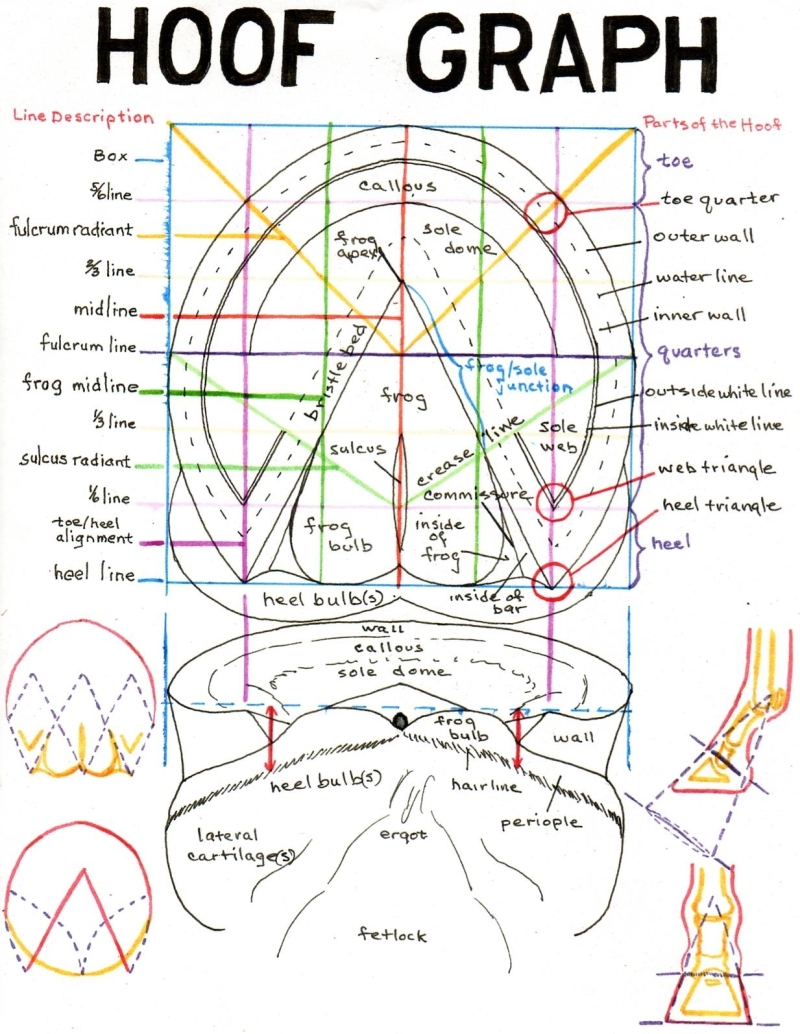
 
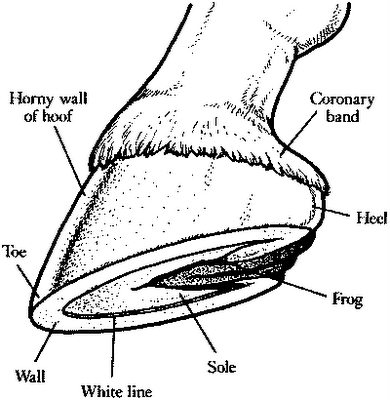

 
 
 
 
 
 
 
 
 
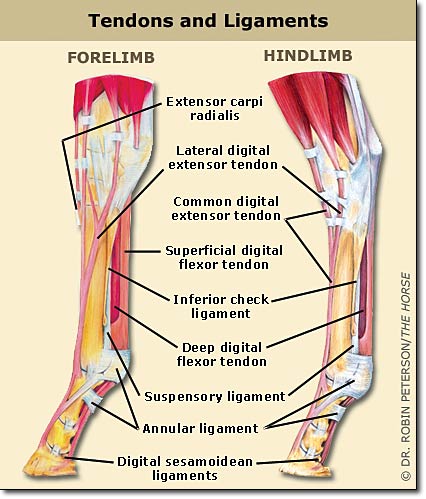
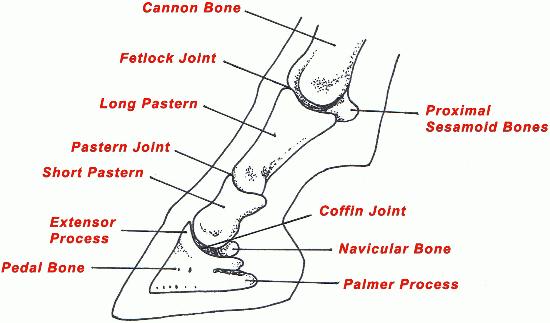
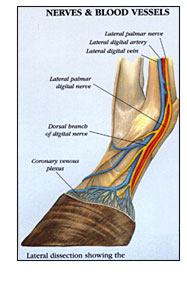
This site has great real pictures of The Hoof.

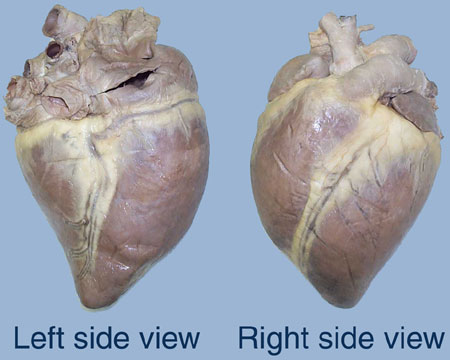
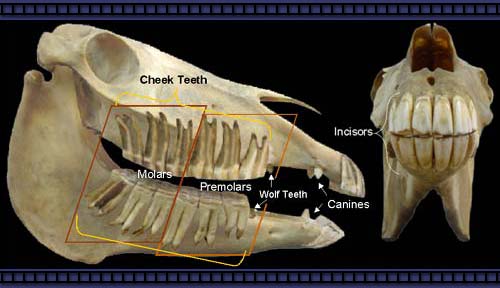
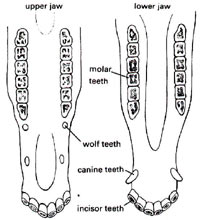
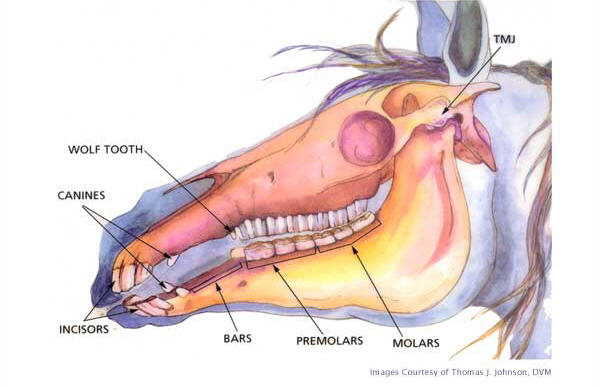
If you click on the picture of Horse Ear Massage it will open a PDF file on horse massage.
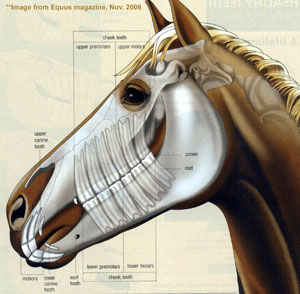
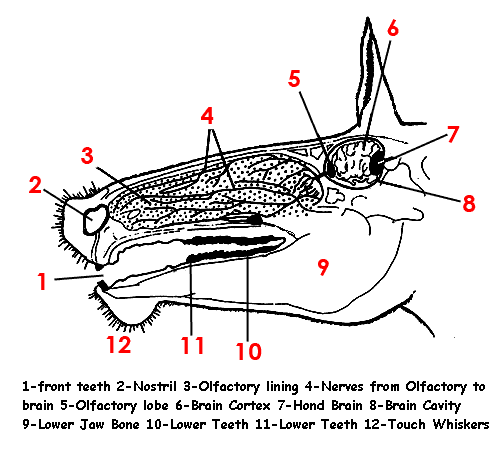
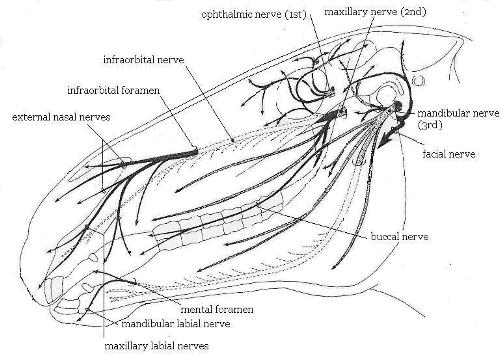
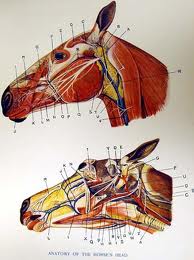
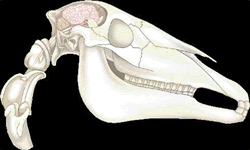
Click on the photo of the brain to send you to a new page that answers the real size of a horse's brain.
           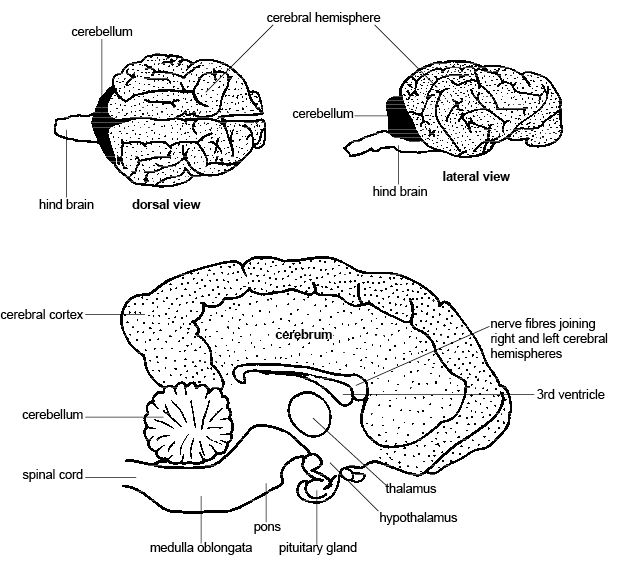


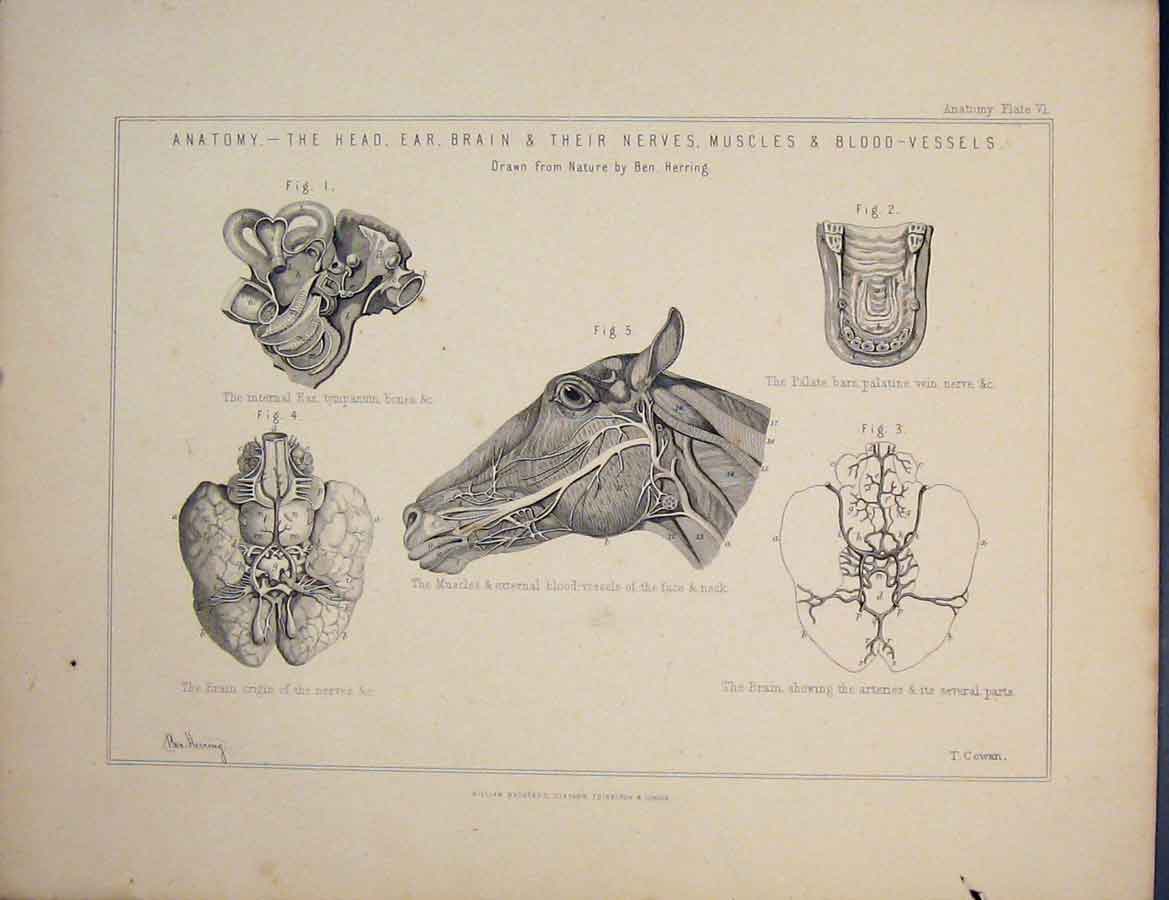
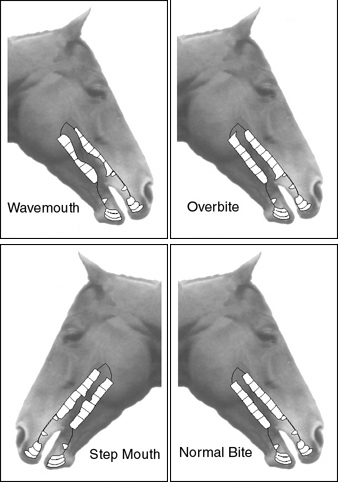
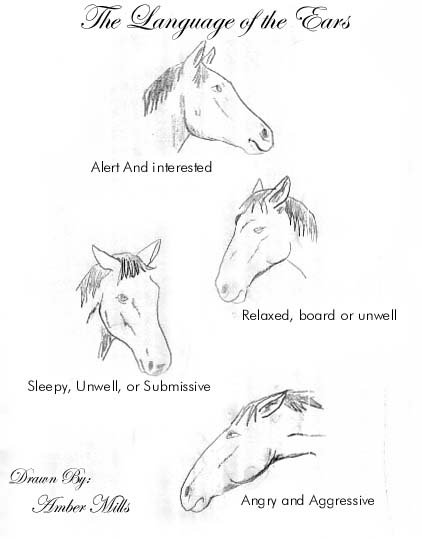
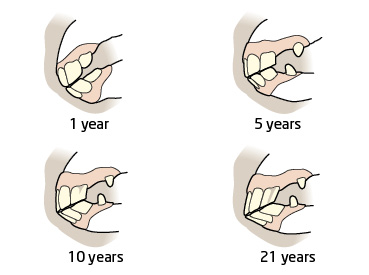
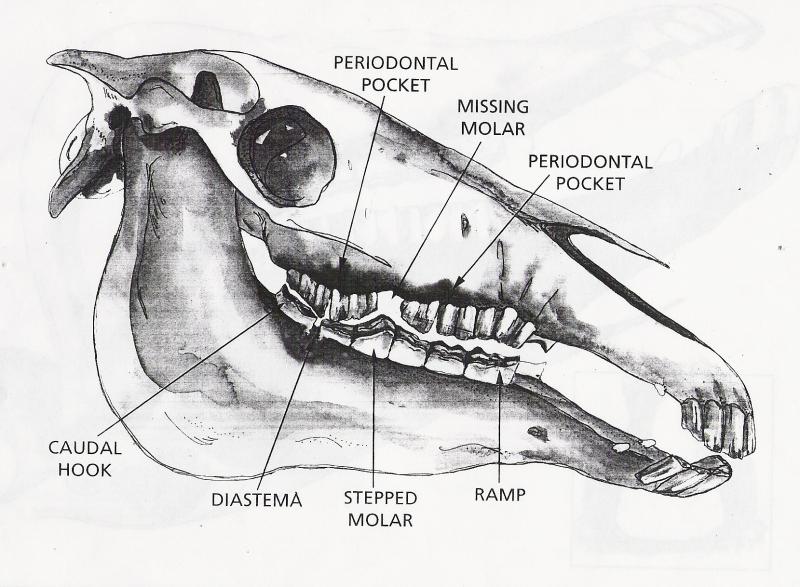
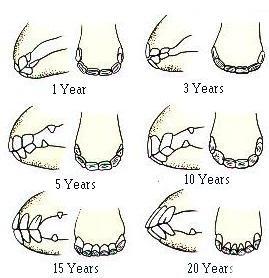
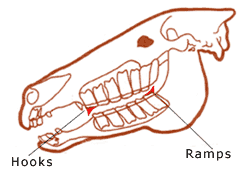
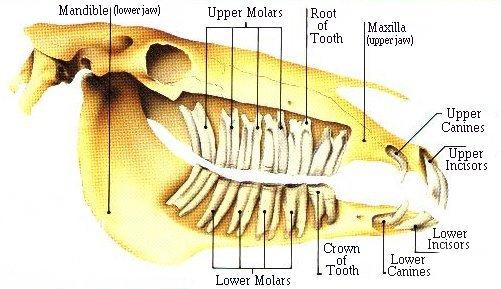
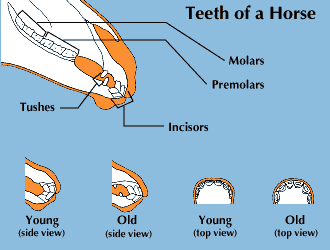
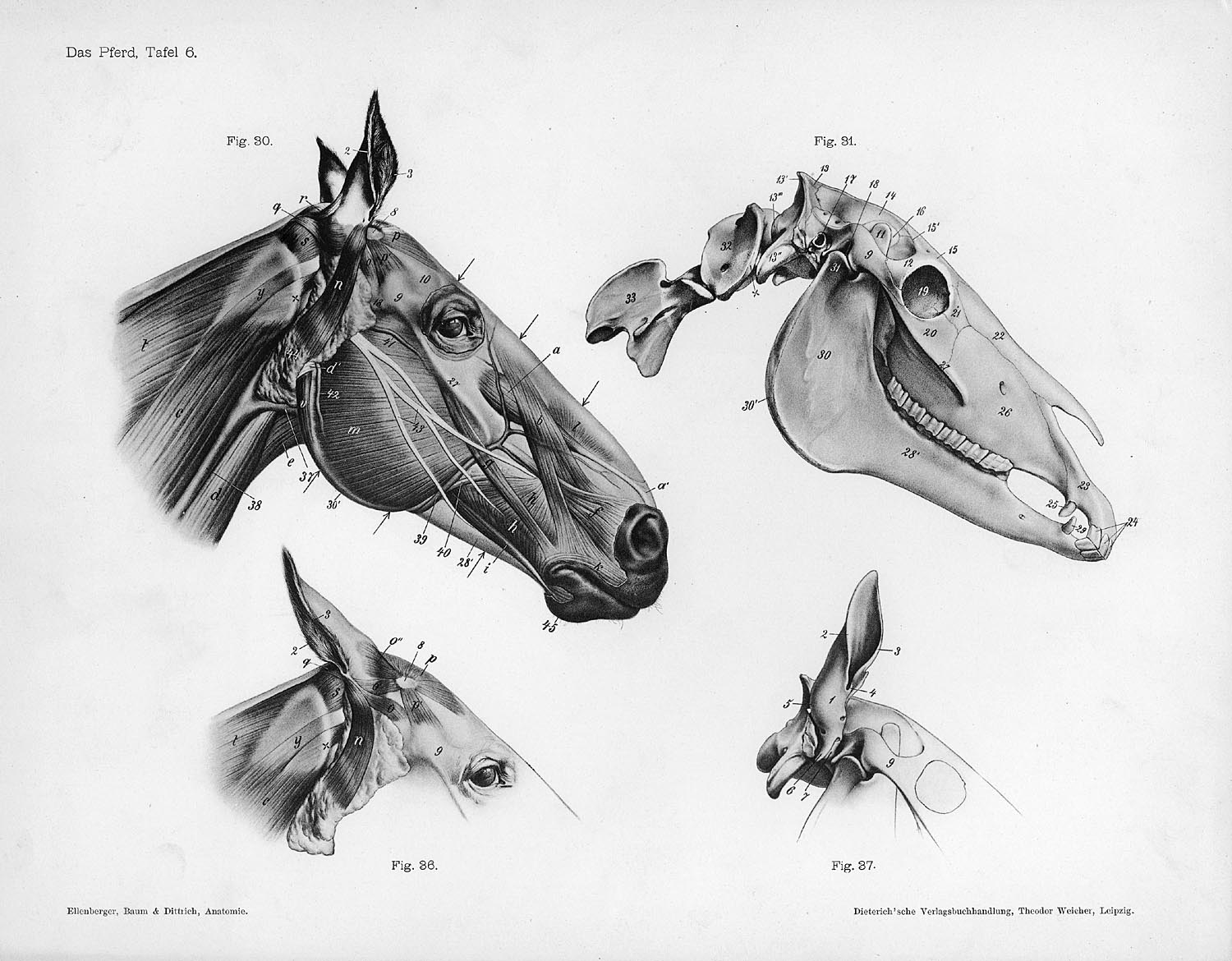
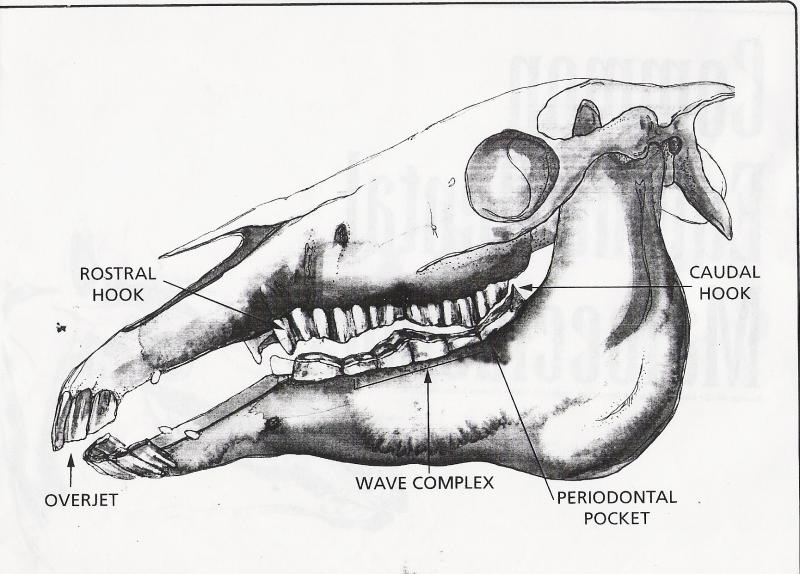

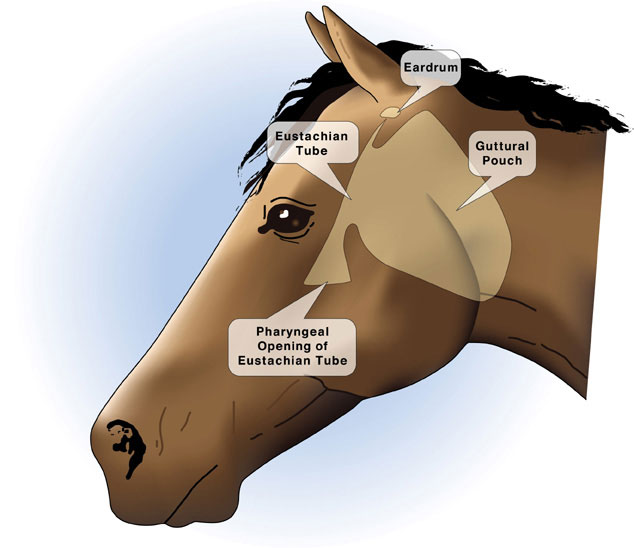
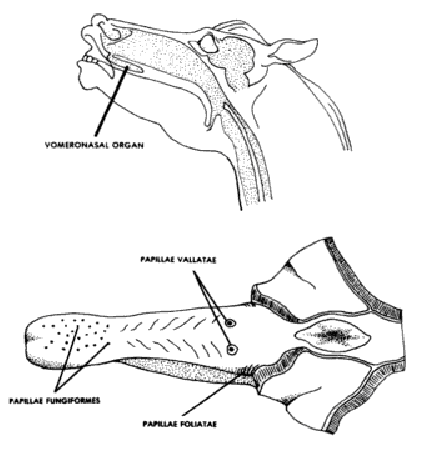
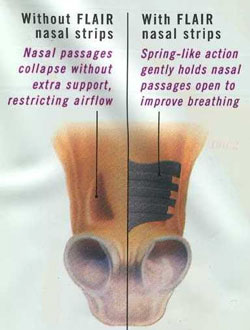
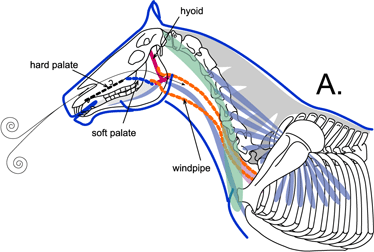
Horse Vision:
Horse Fetus Aborted:
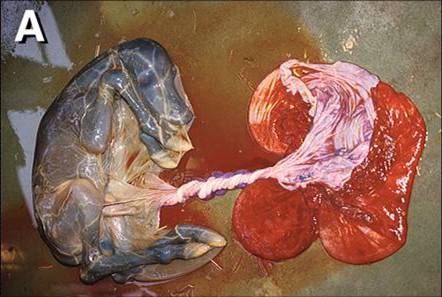
 
 
 
 
 
 
 
 
 
How to age a horse or tell a horse's age or to age a horse as it is called, we look at its teeth. Because a horses lifestyle means it is almost continually grazing its teeth naturally grow continually and are worn down. Because of this their teeth gradually change throughout his life which allows us to tell its age.
Ageing a horse by looking at his teeth is very accurate up to the age of eight and after that it is only the approximate age. The adult horse has 40 teeth, which consists of 24 molars, twelve incisors and a male horse has four tusks. Sometimes the horse may also have four wolf teeth.
Ageing
One year: The horse has six new milk teeth in each jaw.
Two years: The horse has a complete set of milk teeth which are now worn.
Three years: The two center milk teeth are replaced by permanent teeth.
Four years: The next two milk teeth are replaced by permanent teeth.
Five years: The two corner milk teeth are replaced by permanent teeth. (Photo of 5 year old)
Six years: The corner incisors are in wear and you have the dental star present on the center incisors.
Seven years: You have a small hook appear on the top corner incisors.
Eight years:The hook and the black hollow centers on the teeth have both disappeared.
This is where aging becomes slightly less accurate.
Ten years: This is where the galvaynes groove appears on the top of the corner incisors and begins to grow downwards.
Thirteen: This is where a hook appears which very similar to the one which appears when the horse was seven.
Fifteen: By now the galvaynes groove has reached half way down the teeth. (Photo of 14 year old)
Twenty: The galvaynes groove has reached the bottom of the teeth.
Twenty five: The galvaynes groove has disappeared from the top half of the teeth. (Photo 26 year year old)
Another photo of 26 year old.
Heart Rate: 30-44 beats per minute, too fast could mean recent exercise, pain, fever, heat stroke, shock or anxiety; too slow could mean shock, hypothermia, reaction to poison plants or medication.
Temperature: 99-101 degrees, high temp could be heat stroke, infection, recent exercise; low temp could be shock, hypothermia or unable to produce heat.
Capillary Refill Time: Press on a horse's gum's, they will go white or blanch, then they should return to pink or normal color within 1-2 seconds. If color returns too fast it could be high blood pressure, anxiety or nervousness. If color returns too slow it could be shock or poisoning.
Digital Pulse: This is found on the foot on the inside of the ankle, below the fetlock. It should hard to find, if it is too strong it could be related to foot problems and or laminitis.
Gum Color: The gum's should be pale or pink. Too pale could be anemia, a bluish tinge is normally a lack of oxygen. This could be from shock, colic, or heart or lung problems.
Gut Sounds: You should hear long and short rumbles and some gurgles. If you do not hear any sounds, this is not good and could be a sign of colic.
Respiratory Rate: 10-15 breaths per minute; too fast could be recent exercise, heat stroke, shock, respiratory problems or electrolyte imbalance; too slow could be hypothermia, shock, or reaction to medication.
QUESTION:
Brain the size of a large walnut?
At the local Horse Expo, there was a cut-away horse skull. About ten walnuts would've filled the cavity, and that apparently was the cerebral part -- the cerebellum was not exposed to view. I'd say it's more the size of a good grapefruit.
ANSWER:
A miniature horse standing next to a large draft horse in 1909 I guess this is what I get for trying to over-simplify a rather complex subject! Let me try to clarify things a bit....
In the first place, horse brains come in a variety of sizes; from new-born to adult, from miniature breeds to huge draft horses.
You can see some of that range of size in this 1909 photo of Baby Ruth, a small horse owned by C. W. Gillet, standing in front of Pink Parader, a large draft horse owned by Joseph Medill Patterson. (Photo: DN-0007577, Chicago Daily News negatives collection, Chicago Historical Society.)
The diameter of a horse's brain ranges from a little over an inch to nearly four inches in some breeds. An average saddle horse has a brain diameter of about three inches at full maturity. From birth to adulthood, I'm guessing that the overall average is around two to two-and-a-half inches. In the photo below, I've inserted a full-sized photo of a horse's brain (sectioned in half) into the actual skull of a typical adult horse. (The horse skull is courtesy of my good friend, Howard Pitzen, of the North Star Stampede Rodeo in Effie, Minnesota.) The brain in this case is a bit larger than the overall average.
Photo of a horse skull showing the relative sizes of the cerebellum and a large walnutSecond, the brain cavity of a horse is filled with a lot more than what we usually think of as the "brain." Although the space would, in fact, hold a small grapefruit, the cerebral hemisphere -- or "thinking" portion of the brain cavity is a lot smaller. Medical folks actually talk about the horse brain as having three sections:
1. The Hind Brain -- or cerebellum -- which allows the horse to coordinate its balance and movements without having to "think" about them. Otherwise, a horse might constantly be tripping over its own feet.
2. The Mid Brain, which consists of a variety of nerve bundles that busily convey signals to and from the cerebral hemisphere.
3. The Forebrain -- which contains the part that I'm talking about when I use the term "brain." Perhaps "gray matter" would be a more helpful term, although there are bits and pieces of gray matter scattered elsewhere which aren't connected with a horse's thought patterns. (In the photo, I've faded all but the cerebral hemisphere so it will be easier to see.)
In addition to those main parts, the brain cavity holds several other items, including the pituitary and pineal glands, the auditory and olfactory bulbs, and a bunch of fluid and other material that acts as a sort of shock absorber for the brain. In short, the "thinking" portion of brain is a whole lot smaller than the brain cavity.
Finally, the cerebral hemisphere is spread out over the mid brain, so you need to kind of "roll it up" if you want to compare it to a spherical object like a walnut. In looking at the photo, try to mentally wrap the right one-third of the cerebral hemisphere into the space in the middle, and you'll see how it comes closer to the size of the walnut I'm holding.
While a horse's brain may actually be slightly larger than a large walnut, I also like that comparison because the convoluted surface of a walnut mimics the brain's convolutions.
So, a walnut may not be a perfect comparison, but a tennis ball -- let alone a grapefruit -- is much too large, a golf ball is too small, and I can't think of any other common object that is as close in size. //end//
Reprinted from: http://www.lemen.com/qa237.html
Afegeix-hi un comentari: